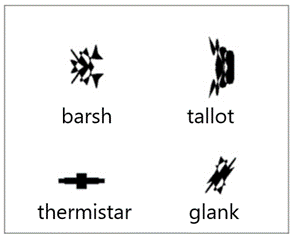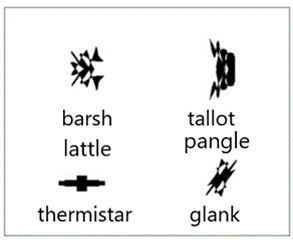Raising your child with more than one language is good: Evidence from statistical learning
By Nadia Lana & Gwenyth Lu
Some parents worry that their children being exposed to multiple languages is confusing and will set them back at school. The opposite is true: knowing two or more languages has benefits like better reading skills and memory.
A study by Poepsel and Weiss (2016) investigated bilingualism and statistical learning. Statistical learning is the idea that babies use statistics when they are learning language. When babies hear sentences, it is hard for them to pick out each separate word, because unlike written language, spoken language does not have spaces between words. To break up the spoken sentences, babies use statistical skills to remember which syllables they have heard together in the past.

In their second experiment, they extended the paradigm by having some
invented objects have multiple mappings. For example, both "barsh" and "lattle"
now refer to the same object. New university students were recruited to
complete the new paradigm, again both monolinguals and bilingual speakers. They
found that bilingual speakers were significantly better at mapping the objects
that had two labels. Bilinguals are used to complicated mapping: they need to
remember, for example, that English "dog" and Chinese "狗 [gǒu]" both describe
a four-legged pet, or that "tuna" means "fish" in English but "pear" in
Spanish. Since they work harder to remember all of these associations, their
brain is well trained at making maps.

This statistical map making is useful when a bilingual baby is listening to new sentences. It helps to make better assumptions about the structure of the sentence, and to recognize words. The more languages your child is exposed to, the better.

References
Poepsel, T. J., & Weiss, D. J. (2016). The influence of bilingualism on statistical word learning. Cognition, 152, 9-19.
